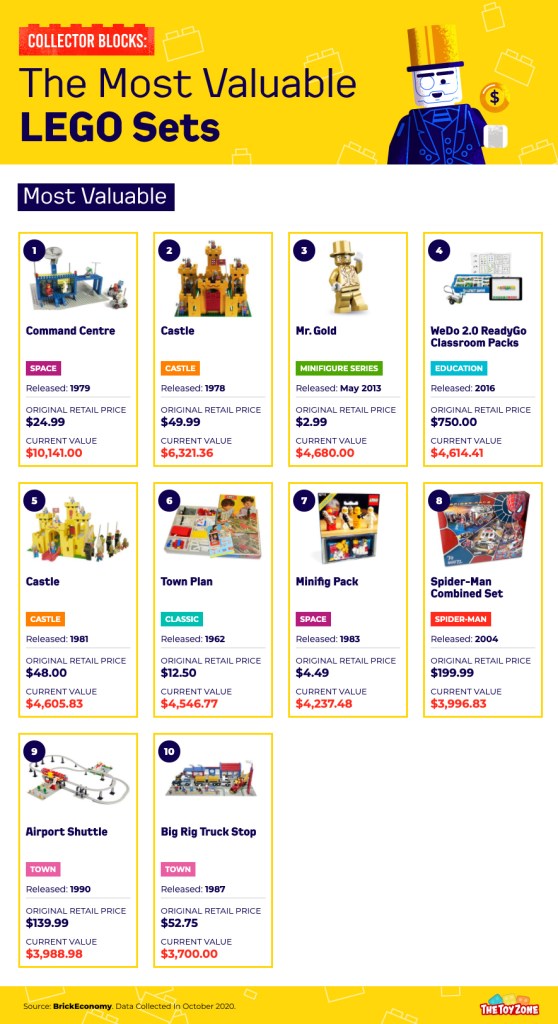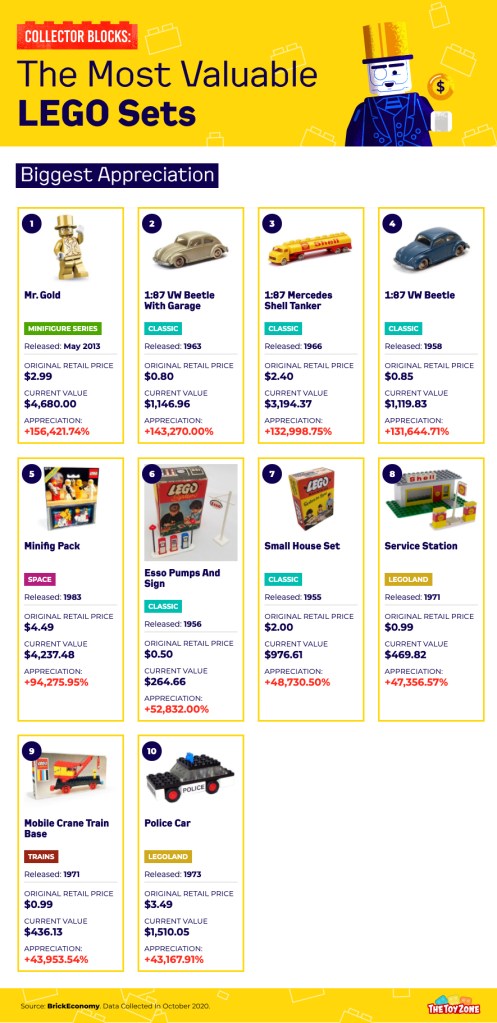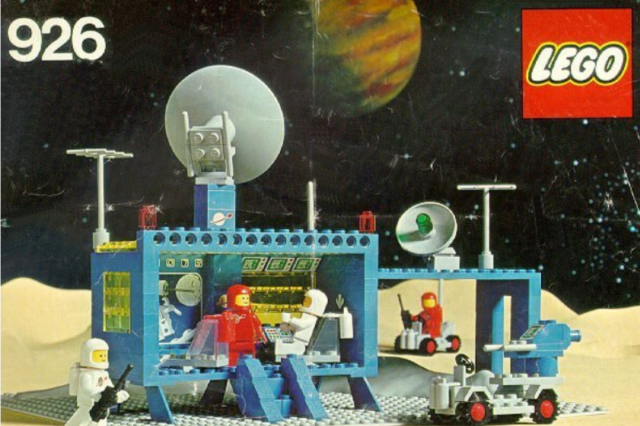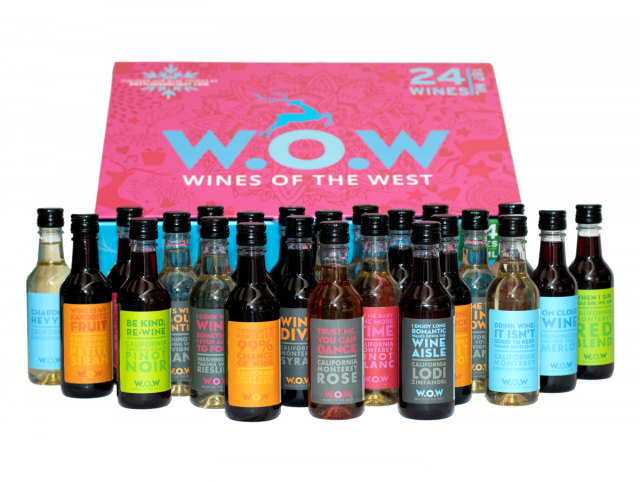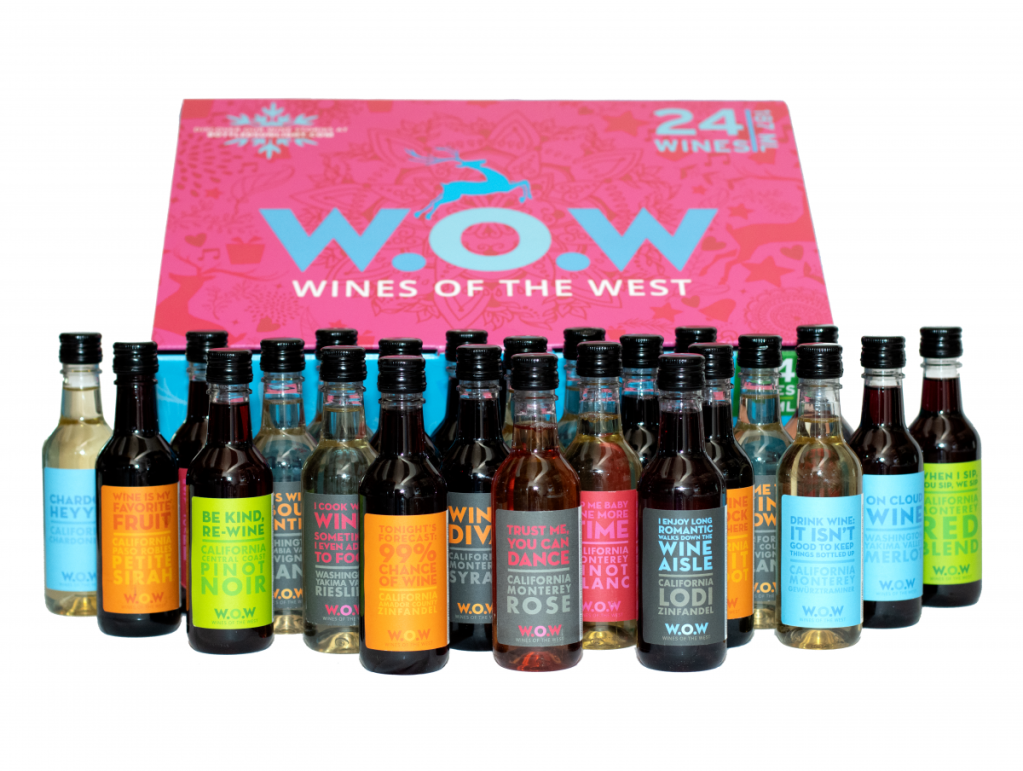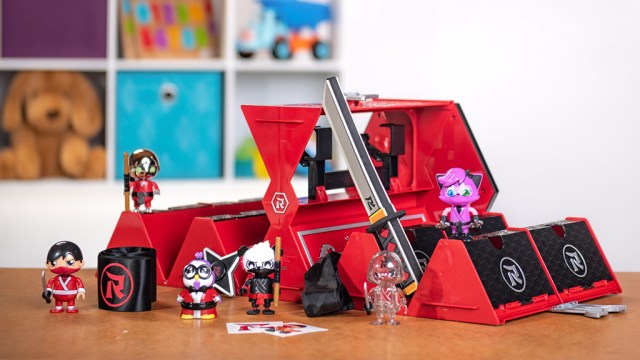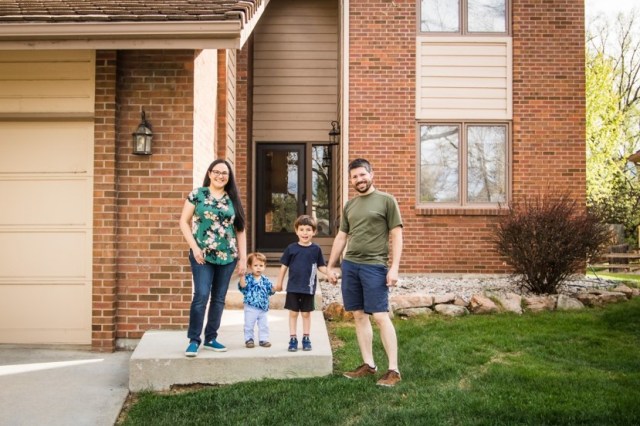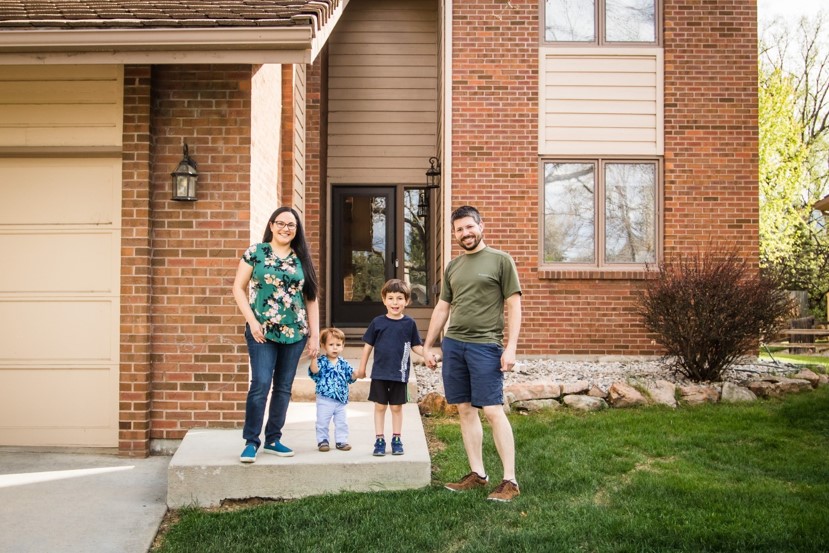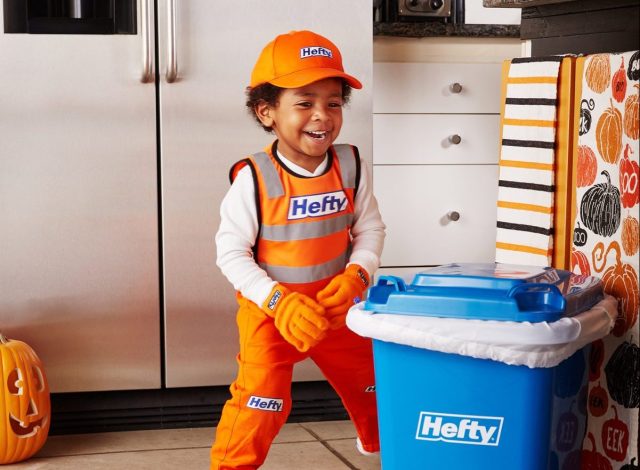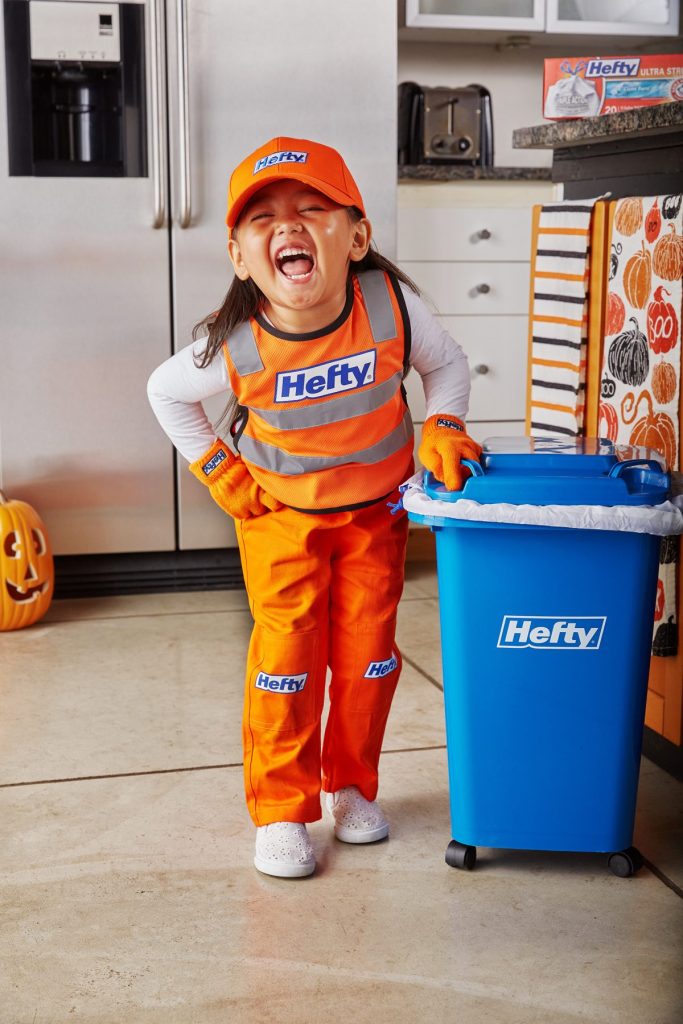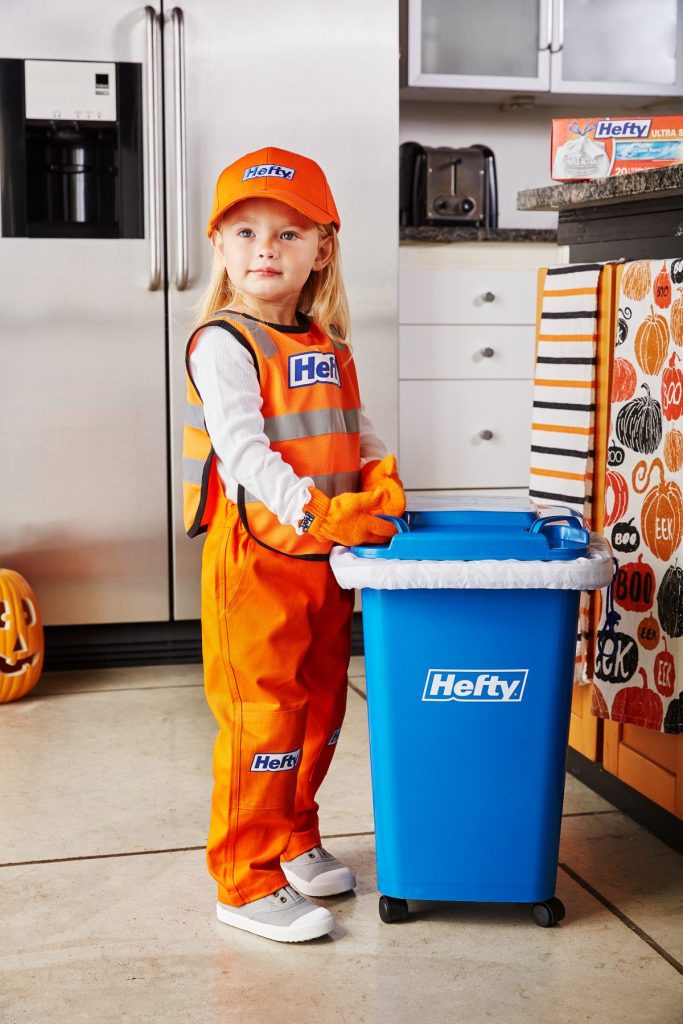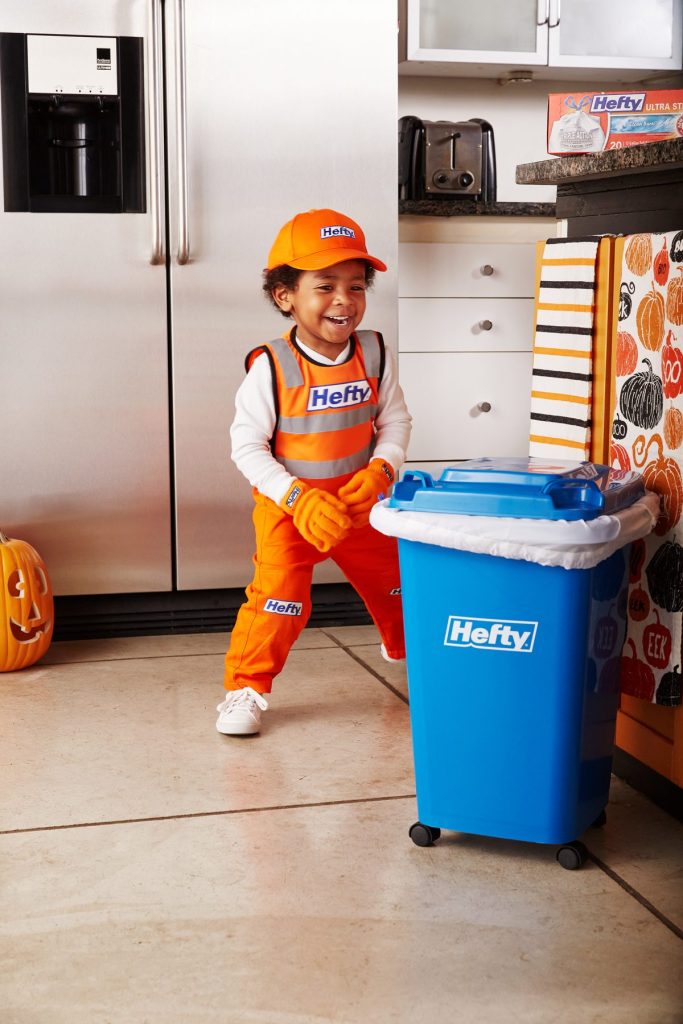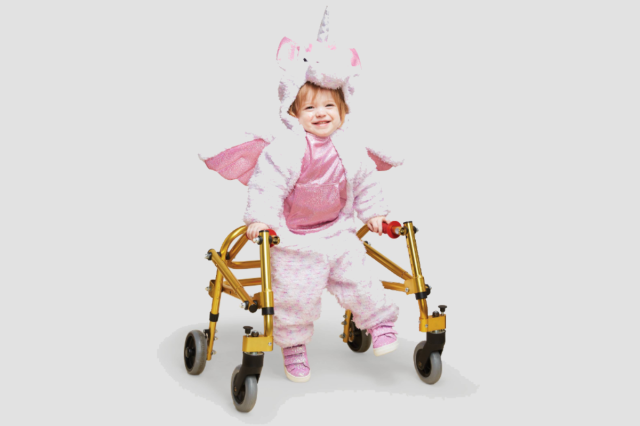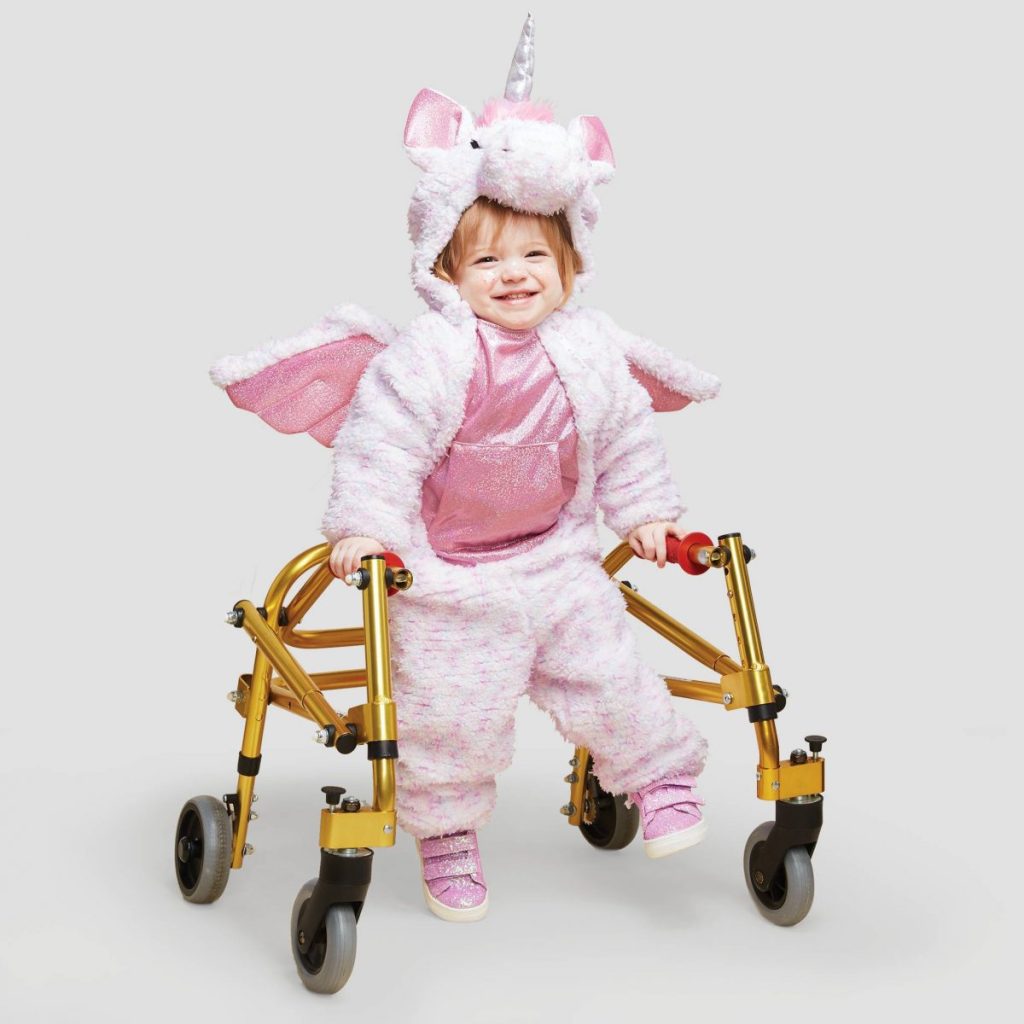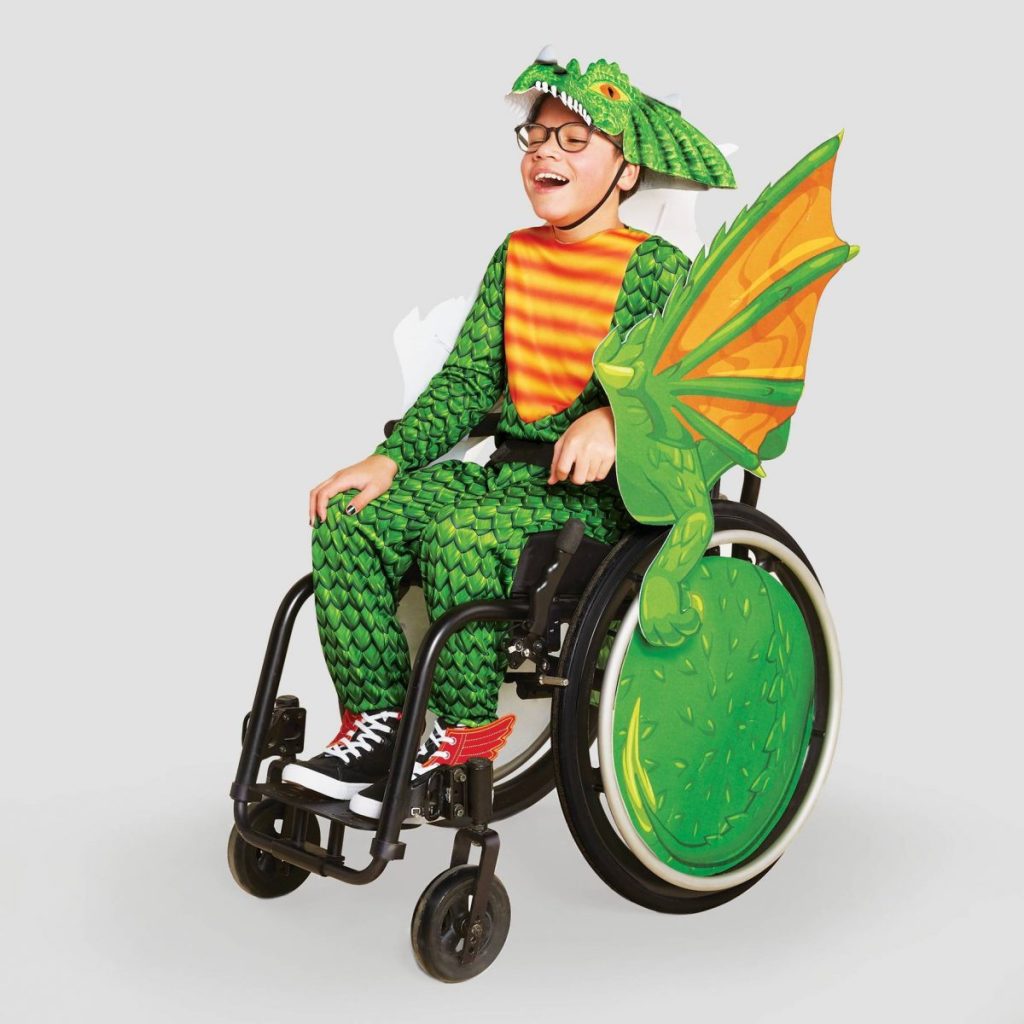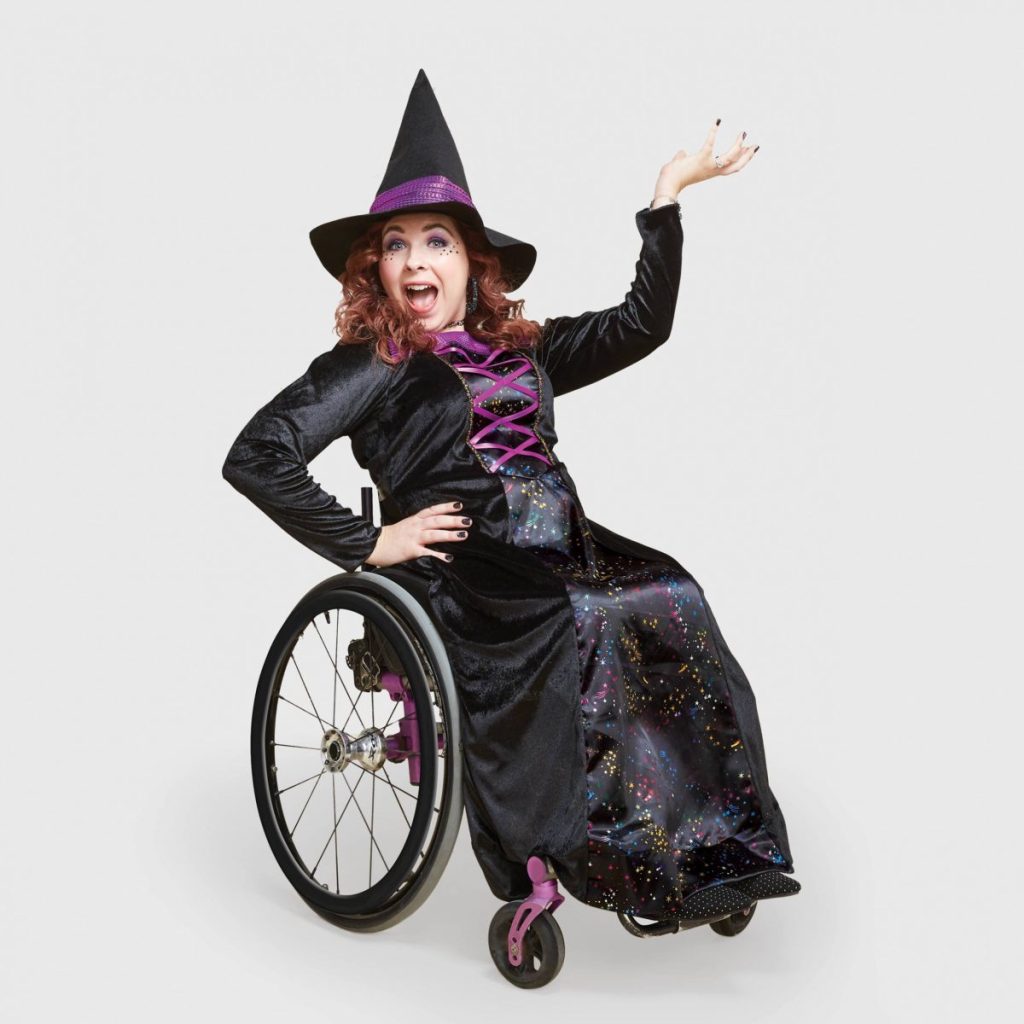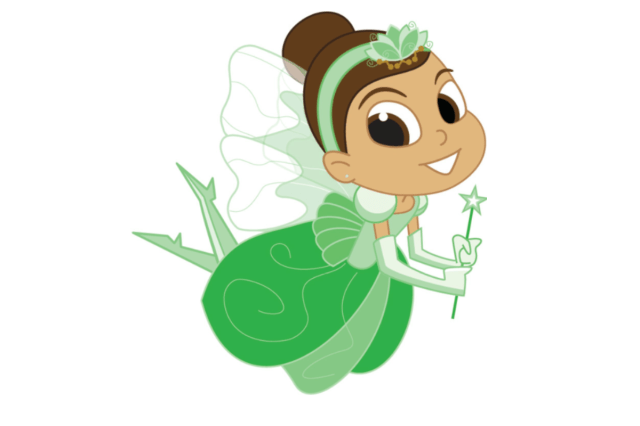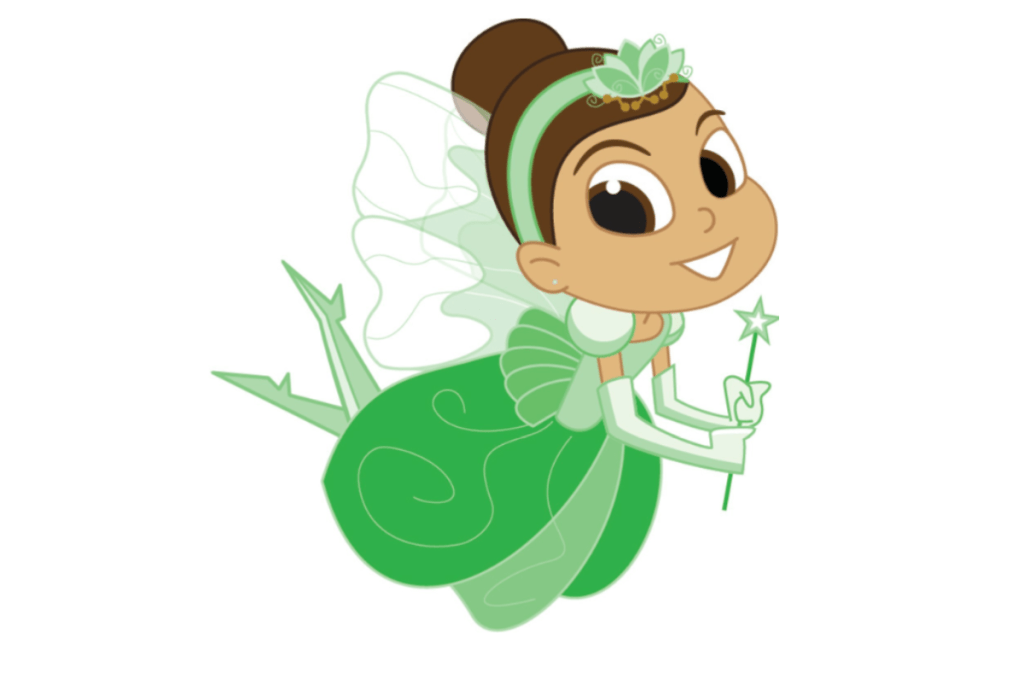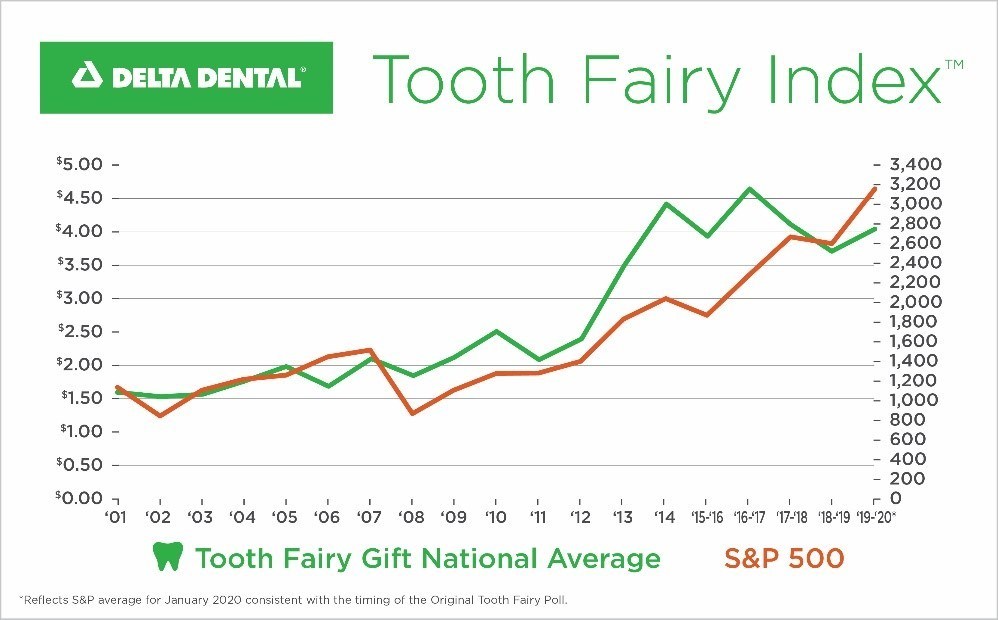
My husband used to accuse me of not knowing how to have fun. And he was right, sort of, in the sense that his ways of having fun and mine were (and are) very different. Now, as I stumble toward the age when the only fun consists of waving my cane at children and telling them to stay off my lawn, I have begun to rethink the whole concept of fun.
And I think fun is overrated. Or at least what is passed off as fun in popular culture.
Brushing your teeth is brushing your teeth. There’s nothing inherently fun about it. It’s just necessary, boring, and repetitive. But apparently we think that if we put Star Wars characters on the toothbrush handles, toothbrushing becomes FUN (how, I don’t know) and kids “may be brushing longer,” a claim that is never backed up by statistics.
Fun flavors like bubble gum also seem to be preferable to good old mint. I enjoy the flavor of mint, but I don’t think it’s fun. And I suspect that associating the act of brushing one’s teeth with the flavor of bubble gum is counterproductive. Just sayin’.
Likewise, there is nothing intrinsically fun about eating a salad, especially if you’re a female and alone. Yet there is a whole meme dedicated to “woman laughing alone with salad,” and now even a play based on the concept. Eating a salad by oneself can be tasty, pleasant, unpleasant, boring, or any number of other feelings. Why then are there so many photos of women laughing (or at least grinning idiotically) while eating salad?
And why are there so few photos of men doing the same thing? Do men not eat salads? Only in the company of others? Only stoically? It seems eating a salad alone is FUN only for solitary females. Poor, poor men, who must find their fun elsewhere.
Men having FUN get to drive cars, not eat salad. Cars provide particular enjoyment when the driver is breaking traffic laws or driving on a closed course where he can’t hit anything no matter how he speeds. This one I get a little bit. Fun is equated with breaking the rules, and without consequences. Fun is being sexy and dangerous. It’s hard to make toothbrushing or salads sexy and dangerous, so we’re left with men risking life and limb, while women and children guffaw and grin, browse and brush.
I know, I know. These are tricks of the advertising trade. FUN equals more sales, If ordinary activities are lifted above the ordinary, they will have more appeal to consumers. This is especially true of children who influence purchase decision-making – which is basically all of them. And fun is apparently the only value that kids value. What other satisfactions are there? Except companionship, warmth, friendship, accomplishment, health, adventure, and satisfaction itself, I mean. But all of those have more than three letters.
But FUN rules not just in advertising. Education is another field rife with fun. Multiplication tables aren’t much fun by themselves, so let’s add clowns and elephants. Then students can put their final reports into their Ninja Turtle backpacks and take them home.
I’m not advocating going back to the days of skill, drill, and kill, but I am of the opinion that genuinely engaging activities such as project-based learning will teach students skills in a manner that is genuinely satisfying, memorable, and indeed fun, without the need for stickers, banners, and class parties.
Preparing students, young adults, and even older adults for constant FUN is unrealistic. Taking out the trash isn’t fun. Polishing the floors isn’t fun (unless you’ve got a roomba and a cat). Creating spreadsheets isn’t fun. Taking out appendices isn’t fun (I assume).
Much of adult life and work will turn out to be not-fun. Especially for those women, eating salads alone. And for those of us who don’t care to wear bright yellow, and sing and dance while taking our vitamins. For us, it’s just a gulp, a swallow, and gone.
Do you have a story to share with our readers? We want to hear it! Sign up for our Spoke Contributor Network and start submitting your writing today.
Hi! I'm a freelance writer and editor who writes about education, books, cats and other pets, bipolar disorder, and anything else that interests me. I live in Ohio with my husband and a varying number of cats.
